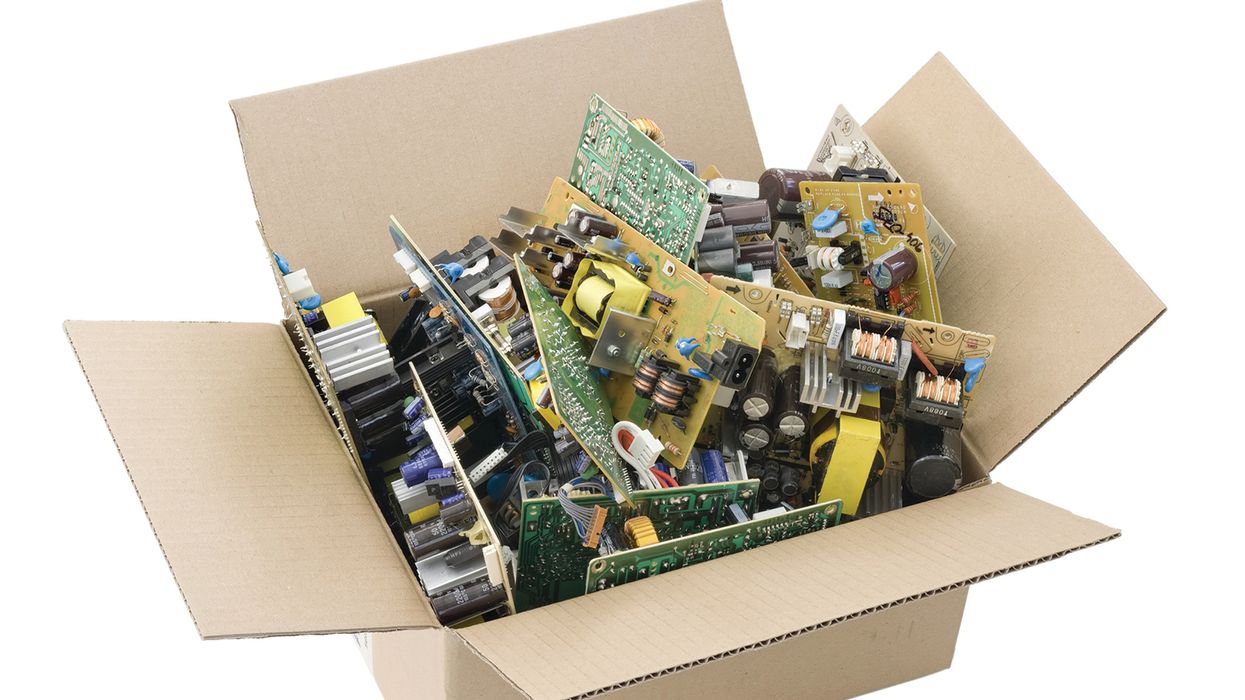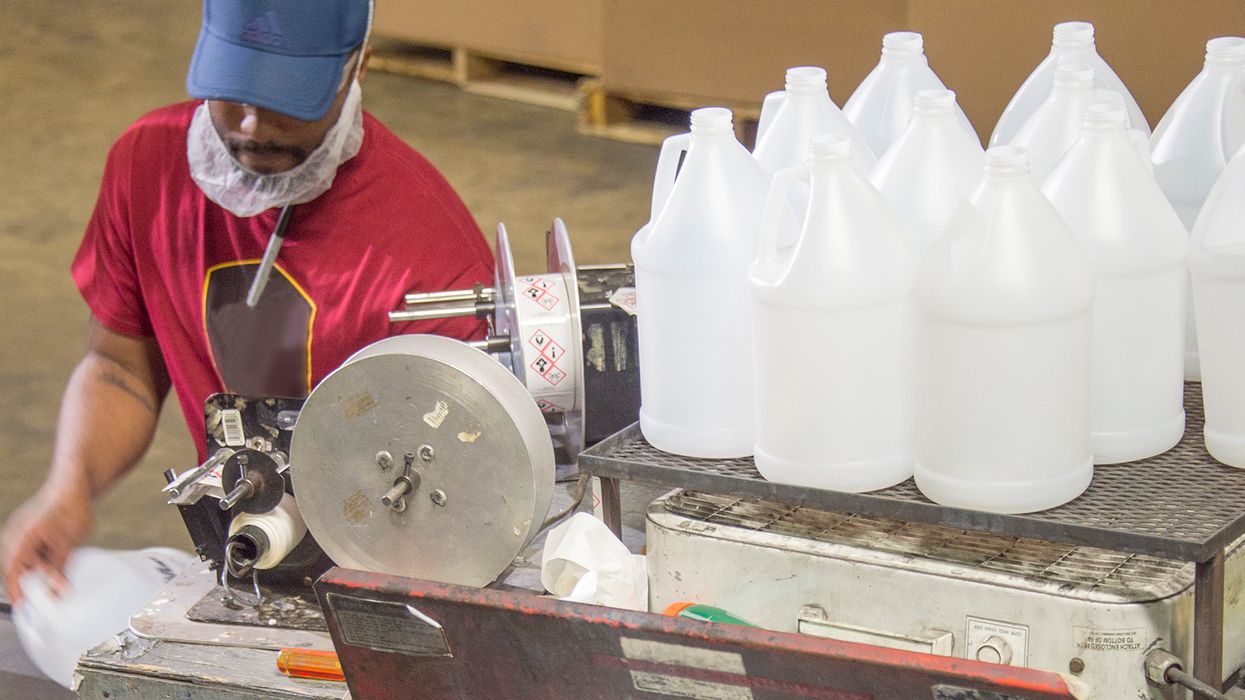Expert Insights: Is ROI for a safety program an oxymoron?
The news is always filled with concerns over the economy. I have worked enough years with the transportation industry to know economic shifts can quickly move the labor market from a shortage of employees to terminations and furloughs. And during downturns, operations often buy or merge with other carriers.
As your company looks at its 2024 budget, the current economic climate of low freight may require your safety department to justify its safety measures, including equipment purchases, employee training, technology, and other necessities. The company’s business department may ask you to show them a return on investment (ROI) for your requests.
However, for motor carrier safety, it’s not about an increase in revenue as much as preventing expenditures. For example, you might be able to show fewer crashes than the year(s) before and use the average cost of an accident. But this is not revenue. It’s putting a value on something that never happened.
What can you track?
Many motor carriers use the following metrics to justify their safety expenses:
- Lower Compliance, Safety, Accountability BASIC scores,
- Fewer crashes per million miles,
- Fewer roadside inspection violations, and
- Fewer minor crashes/fender benders.
For those carriers with several crashes each year, a reduction in the number of accidents that make it to litigation is a great way of demonstrating the value of expenditures such as dash cameras. The investment in this technology helps lay to rest claims of driver and/or carrier negligence.
Make the argument
During downturns in the economy, I would argue that safety measures are more important than ever.
The carrier can’t afford fines, higher insurance rates, loss of business due to a poor safety reputation, and lawsuit settlements.
Need more information?
Compliance Network's team of Compliance Experts is always happy to assist you with your regulatory questions. We are accessible through the Expert Help tool.




















































